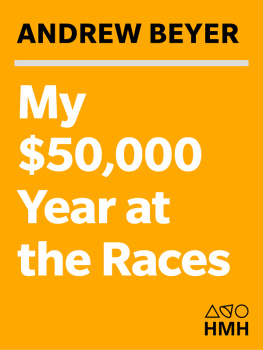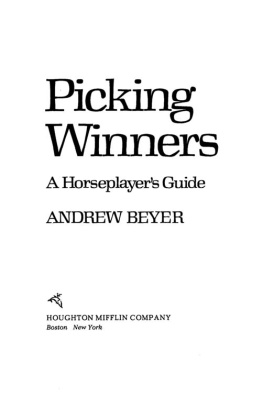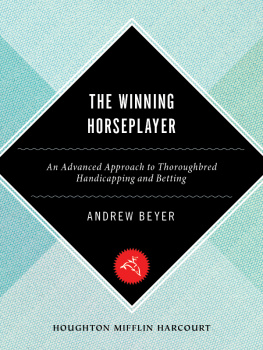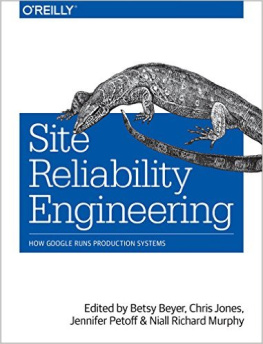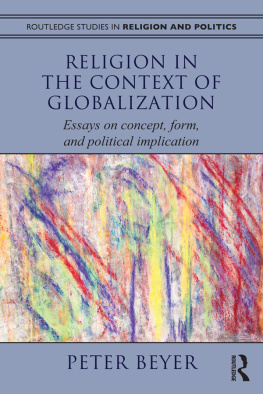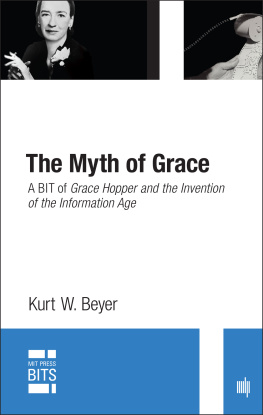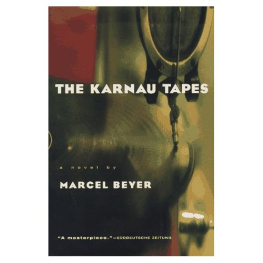Copyright 1978 by Andrew Beyer
All rights reserved. No part of this publication may be reproduced or transmitted in any form or by any means, electronic or mechanical, including photocopy, recording, or any information storage and retrieval system, without permission in writing from the publisher.
For information about permission to reproduce selections from this book, write to Permissions, Houghton Mifflin Harcourt Publishing Company, 215 Park Avenue South, New York, New York 10003.
www.hmhbooks.com
Past performances and result charts from the Daily Racing Form are copyright 1978 by Daily Racing Form, Inc. Reprinted with permission of copyright owner.
The Library of Congress has cataloged the print edition as follows:
Beyer, Andrew.
My $50,000 year at the races.
1. Horse race bettingUnited States. 2. Beyer, Andrew. 3. GamblersUnited StatesBiography.
I. Title.
SF332.B49 798'.401 7853918
ISBN 0-15-163693-1
eISBN 978-0-547-83978-3
v2.0513
To Ann
Acknowledgments
I am deeply indebted to the Washington Star and former sports editor David Burgin, who permitted (and even encouraged) me to combine my newspaper duties with my peripatetic gambling.
I also wish to thank David Obst and Dan Okrent, who conceived this book; Tom Stewart, who edited it; Dick White, who offered valuable comments on the manuscript; and the Kid, without whose assistance I would not have experienced a $50,000 year at the races.
Charting My Course
When I started playing the horses, I often dreamed about being a great professional gambler. This was more than a materialistic goal; it was a romantic vision. A man who could live by his wits at the racetrack would have the most independent, exhilarating, satisfying existence that I could imagine.
By the start of 1977, my fantasy had become a real possibility. I had already paid my tuition as a student of handicapping for many years. I had bet avidly, and lost consistently, while I grew up in Erie, Pennsylvania, attended Harvard, served in the Army, and worked as a sportswriter in Washington, D.C. Finally, in 1970, I achieved my first breakthrough. After making more than a hundred trips to the track, after devoting practically all of my mental energy to the Racing Form, after pushing nearly $20,000 through the betting windows, I showed a profit of $99.60. No matter that my hourly return was less than that of the average migrant farmworker; I could (and often did) proudly say that I beat the races.
Over the next few years I continued to beat them steadily enough so that I felt qualified to write a book on handicapping, Picking Winners: A Horseplayers Guide. But my pride in my own modest accomplishments was beginning to turn into frustration. I thought that I should be able to win $50,000 in a year and prove that I could make a good living at the track. Instead, I had won slightly less than $10,000 in my very best year, which hardly certified me as a legendary high-rolling gambler and didnt even justify the enormous amount of time I invested in handicapping. I felt like a track star who can run a mile in 4:02 and knows that somewhere within himself he has the potential to break four minutes and join the elite. But how does he bridge that gap?
I wasnt sure, but I was determined to try. I wanted to make an all-out effort to realize my full potential as a horseplayer. And I would never find a more auspicious time to do it than 1977. I possessed a healthy bankroll; I was free of financial pressures and responsibilities; I had a job as the horse-racing columnist for the Washington Star which allowed me to go to the track wherever and whenever I wanted.
But before I could undertake this serious gambling venture, I had to understand the reasons why my past successes had been so limited. And I had to formulate an intelligent strategy for the year ahead. So I turned for guidance to the only gambler I knew who had achieved the goal for which I was striving.
Charlie had grown up in a lower-middle-class New York neighborhood where playing the horses was a way of life. He was probably not endowed with significantly greater intellectual gifts than the pals with whom he cut classes in order to play the daily double at Aqueduct. But Charlie had become a paragon of the professional horseplayer. Even in the jealous little world of the racetrack, he commanded the respect of everyone who had ever watched him operate.
Is there anything, I asked him, that you and all the other pros in New York have in common? His answer was a revelation. One thing, Charlie said. Were all specialists. I know one guy who does nothing but bet horses who have been running in sprints on the main track and now are going a distance on the grass for the first time. He doesnt get many plays, but he wins enough of them to make money. Theres another bettor here who only plays maiden two-year-old races according to the prices that the horses were sold for as yearlings. It sounds crazy, but he makes it work.
Charlie, too, was a specialist. He knew how to watch the post parade and tell which horses were ready for a maximum performance. He knew how to watch races and observe things that no one else could see. He would judge horses according to his own very subjective visual impressions. A few times a year, he would find a situation where a horse had impressed him in his previous races, looked good on the track, and was entered under optimal conditions. From these rare situations, Charlie would earn his livelihood. He had no desire to broaden his handicapping skills. Ive got a good thing going for me, he said, and I dont want to tamper with it.
Charlie had become an extraordinarily successful professional gambler because he recognized his own narrow areas of expertise and capitalized on them. I had not. I had begun my handicapping career the way most people do, looking for some universal formula that would produce nine winners a day. And I never quite relinquished the hope that I could master every facet of the game. After Picking Winners was published, my ego was so inflated that I refused to acknowledge my own shortcomings as a horseplayer. I wanted to use every handicapping tool and master every type of race. I paid for my hubris. I was like a good singles hitter in baseball who suddenly gets delusions of grandeur, starts swinging in vain for the fences, and then finds that he cant even hit singles any more.
After my conversation with Charlie, I finally realized that there is nothing shameful about winning money with limited, specialized skills. So I took an inventory of my handicapping methods, looked back over my past triumphs and failures, and identified my own strengths. Obviously, I wasnt about to ignore the fundamentals of the game, but I wanted my serious bets to be grounded in one of the three areas of handicapping where I felt confident of my ability.
Speed Figures. I became a winning horseplayer when I discovered speed handicapping, a technique as intellectually stimulating as it is profitable.
I was enthralled by the mathematics involved in expressing a horses performance as an unequivocal figure. I translated the time of his race into a numerical rating. To this I added the track variantthe product of some elaborate calculationswhich indicated the inherent speed of the racing surface over which the horse had competed. The resultant figure gave me a whole new way of looking at the sport.
Never again would I have to judge a horse with such crude yardsticks as the class in which he competed and the number of lengths by which he was beaten. Now I could say that Horse A had earned figures of 82, 86. 84 in his last three starts. Horse B had run 79, 88, 78. So I would prefer Horse A unless I saw a reason why B was likely to duplicate his next-to-last performance.
Next page
